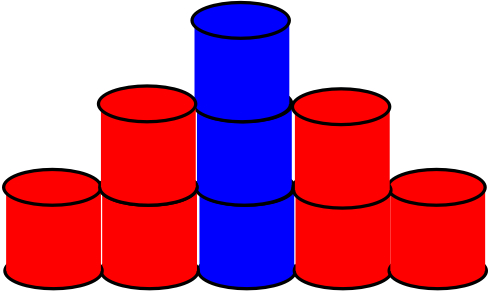Copyright © University of Cambridge. All rights reserved.
'Steps to the Podium' printed from https://nrich.maths.org/
Show menu
Why do this problem?
This activity is specially designed for the highest-attaining pupils that you ever come across. So it is seen as an opportunity for pupils to generate a large set of numbers, explore the many patterns and relationships that may be found and to make some generalisations.
Possible approach
As it is for the most able simply presenting the pupil with the activity as written may work well. Some learners may like to use materials to help to produce the sets of steps required.
If you and/or the pupil(s) are not used to working on investigations in this way, it may be helpful to read these articles and possibly discuss them with the Maths Subject Leader in your school.
If you and/or the pupil(s) are not used to working on investigations in this way, it may be helpful to read these articles and possibly discuss them with the Maths Subject Leader in your school.
Key questions
Tell me about the things you have found.
What ideas have you had to explore further?
What ideas have you had to explore further?
Have you looked at Digital Roots?
